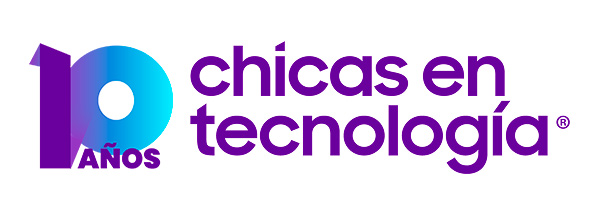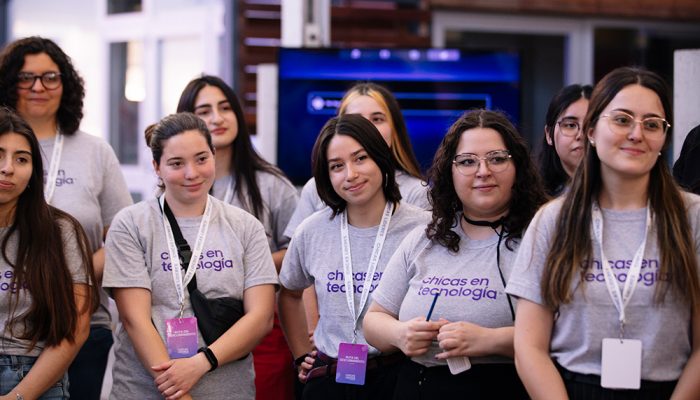Gender Gap in Technology: A campaign to Transform the Future
In a world where technological innovation defines our present and future, the gender gap in technology — the inequality between men and women in access, participation, and recognition in the technological field — remains an urgent challenge. From childhood to adulthood, women face barriers that limit their opportunities in this field.
That is why, in Chicas en Tecnología, we carried out the awareness campaign “From Girls to Leaders,” which connected two key dates — the International Day of Women and Girls in Science and the International Working Women’s Day to make this problem visible and promote systemic change.
Childhood: Awakening Curiosity About Technology
From a very young age, girls receive messages that reinforce the idea that technology is not for them. Gender stereotypes — beliefs about how a group of people are or should behave — can limit their interests and possibilities to explore what they like and who they want to be.
If we want to close the gender gap in technology, we have to start working from childhood. We need to create unbiased spaces where girls can explore freely, experiment without fear of error, and meet role models that inspire them to dream of becoming scientists, programmers, and engineers. Technology is theirs too.
Adolescence: The Time to Make Decisions
Adolescence is a moment of great questions and discoveries. This is the time when girls begin to imagine their future, but also when doubts and insecurities arise. Expectations, lack of role models, and biases in the environment can discourage their interest in STEM (science, technology, engineering, and mathematics) degrees.
In order to encourage more teenagers to choose these paths, it is essential to create unbiased learning spaces, make women in technology visible, and reinforce confidence in their own skills and interests.
Youth: Holding on to the Road
Choosing to study or work in technology is a challenge for many women. In education and the workplace, the female presence continues to be a minority. Following data from our latest research on 6 Latin American countries, women do not exceed 23% in university programming degrees (A Persisting Gap, CET 2024).
Lack of representation can cause many to drop out. However, support networks make a difference. Connecting with other women in technology, having role models in the industry, and strengthening peer communities are key to sustaining motivation and opening new opportunities.
Adulthood: Leading and Transforming Technology
Growing up in the technology industry is not an easy path for women. We are only 26% of the technology workforce, and our presence in leadership roles is even lower: only 5% (World Economic Forum, 2023).
This affects women’s professional growth and deepens the economic inequality between men and women. It also has an impact on the technology products and services we use every day. When development and decision-making teams are not diverse, the technology created reflects those biases.
Building an equitable industry is not only a matter of inclusion but a necessity to drive technological innovation, promote sustainable development, and reduce inequalities throughout society.
A Call for Action
The gender gap in technology is a collective challenge that requires the collaborative work of all sectors of society to promote systemic change in the industry. It is a huge opportunity to transform the future.
From Chicas en Tecnología, we are celebrating 10 years of opening roads and working so that more women can be protagonists of technological development. Because when technology is diverse, its impact is more powerful.
You can also be part of the change:
- Make this issue visible.
- Support the new generations.
- Promote unbiased spaces.
- Support initiatives that promote equality in technology.
Close the gender gap in technology together.






